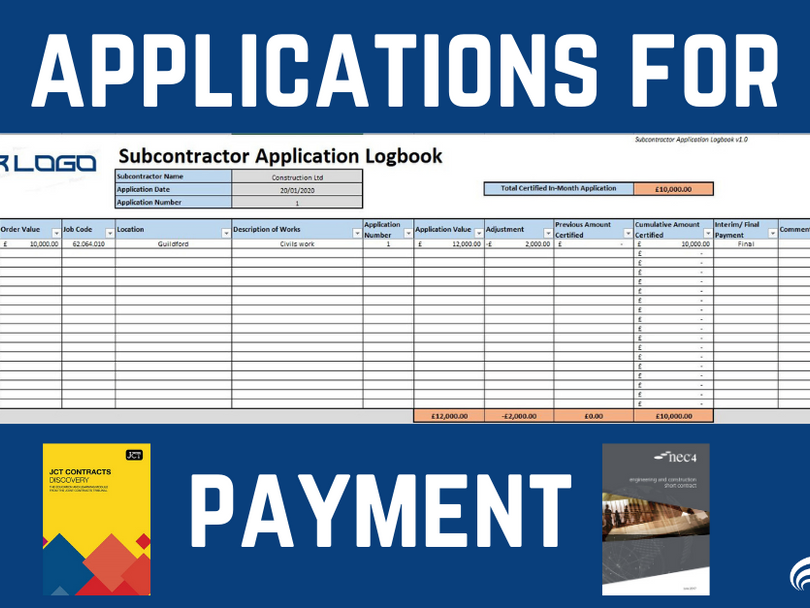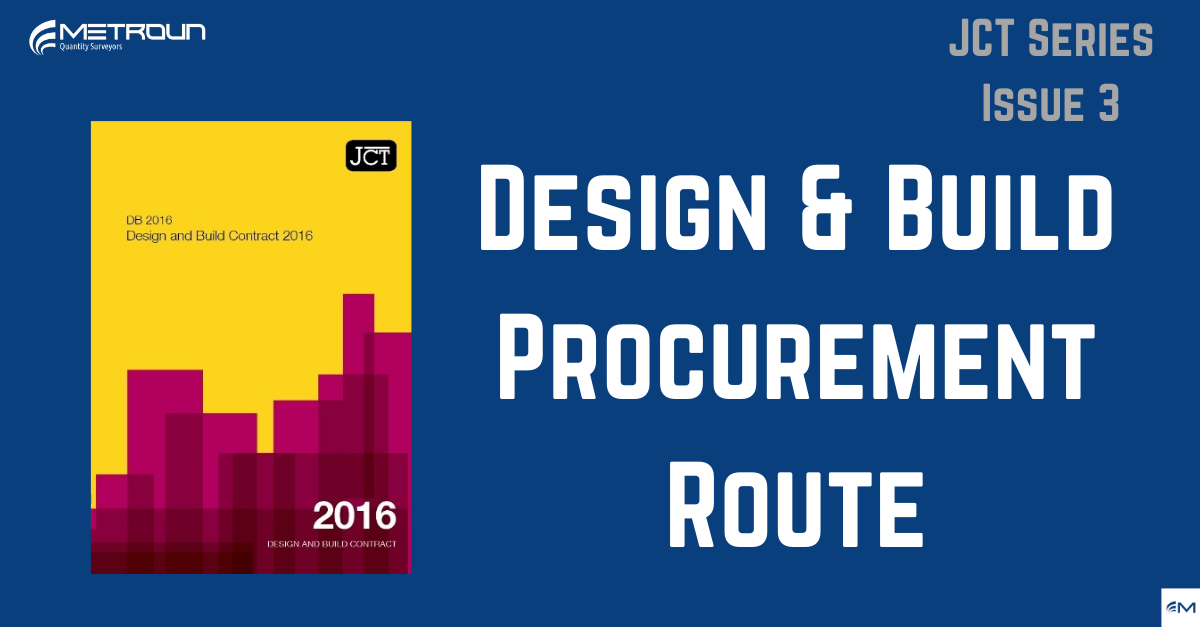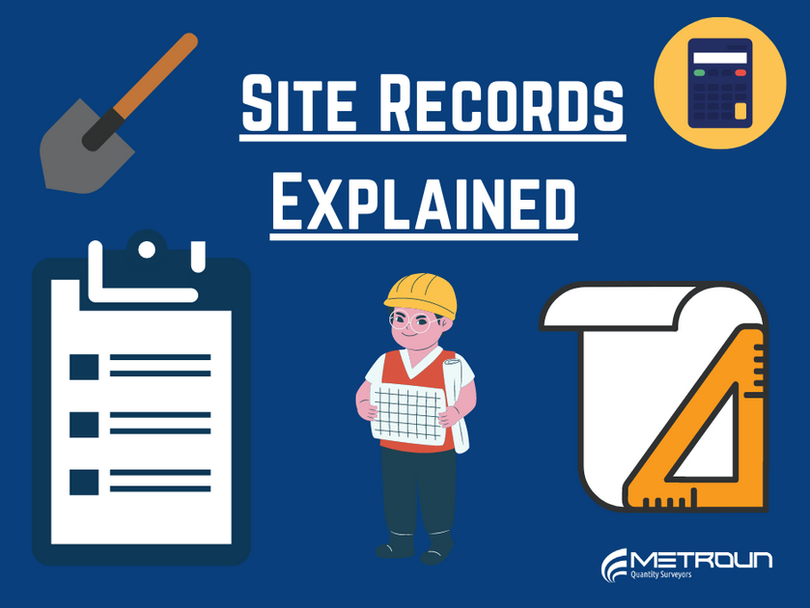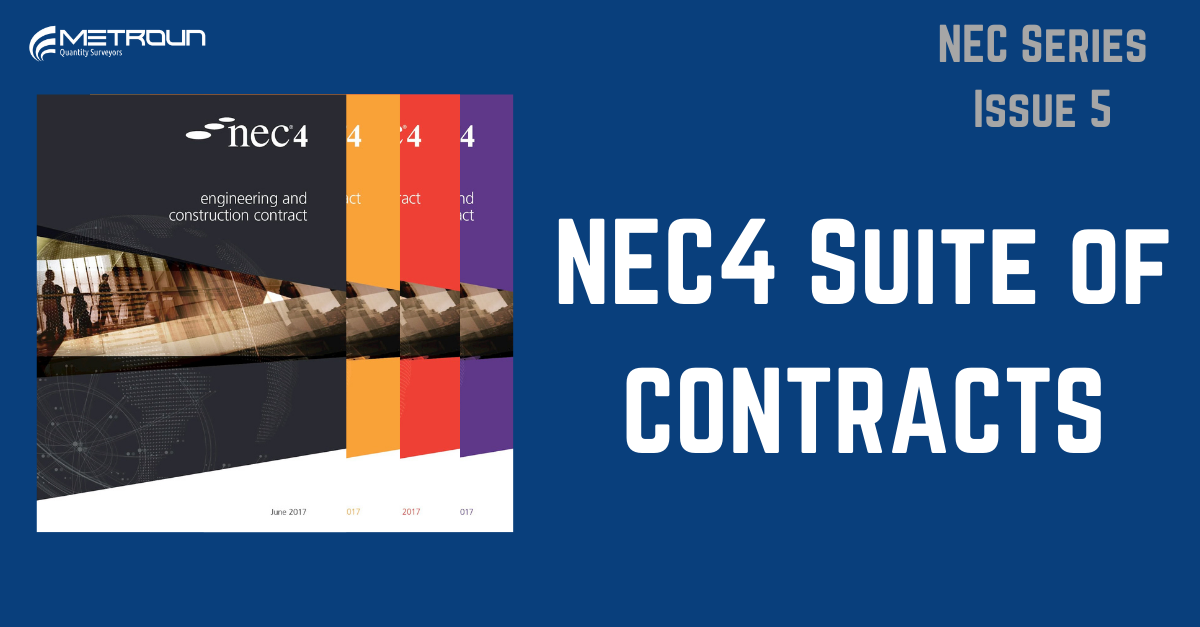
Thousands of you have been there, you have studied Quantity Surveying for the best part of 2, 3 or maybe 4 years, and reached that moment where you get that all important diploma… Congratulations! The moment you never thought would come is finally here, you have achieved a Batchelors Degree or perhaps even a Masters and you feel on top of the world. The world is quite literallyyour oyster. But suddenly, it hits you – “How do I take that first step into the next stage of my life?” “What do I include in my CV?” “How to I prepare for an interview?”. All of these burning questions and apprehension’s. This short blog, along with our “Top tips for graduate Quantity Surveyors” video (available here: https://www.youtube.com/watch?v=_XOP3CljbdE) seeks to help with this daunting prospect and tackling the big scary world of work! – We are joking of course; it is honestly not that scary 😉 We will run through tips and advice on what characteristics and traits employers of graduate QS’s look out for, how to make your CV stand out and what interview questions you are likely to be asked. Giving you extra tools to prepare for and face your future employers confidently. As with any profession, the day to day dealings of a QS are very rarely black and white and operating in the commercial world means you are very often working in ‘grey’ areas. · Contractual disputes · Estimating and quoting · Building and assessing compensation events or major changes · Agreeing Final Accounts To list just a handful, are day to day tasks that quantity surveyors deal with that lend themselves to certain characteristics and attributes which employers will look for. These include, but are not limited to: · Confidence and self-assurance · Astute attention to detail · Organisation and meeting deadlines · Good use of self-initiative and intuition · Commercial and business acumen · Ability to build relationships As we are sure you are aware, the job market can be very competitive so next we want to cover some tips on how to get your CV noticed. When building your CV, we recommend writing it in a way that promotes any scenarios where you have demonstrated evidence of thecharacteristics outlined, in your personal, educational, or work experience – however limited. If you are stuck on how to get started with your CV and the layout, we have a CV template that is available as a free download from this website! As simple as this next tip may seem, we truly cannot underestimate the importance of doing company research about the organisation you are applying to: · Their history · Current performance










